Tax Tactics: November 2015
Pumping Up Retirement Contributions
Cash balance plans
With individual income tax rates at their highest levels in years, maximizing contributions to tax-deferred retirement vehicles is an important strategy. For business owners who got a late start saving for retirement, a cash balance plan can help turbocharge their contributions while they enjoy substantial current tax deductions.
Defined contribution vs. defined benefit plans
Today, defined contribution plans — such as 401(k) and profit sharing plans — remain the most popular tax-advantaged retirement plans for businesses. But one disadvantage of these plans, particularly for highly paid business owners approaching retirement, is their relatively low contribution limits. For 2015, the combined limit on employer contributions and employee deferrals is $53,000 ($59,000 for employees age 50 or older).
Defined benefit plans, including traditional pension plans, aren’t subject to these contribution limits. Rather, there’s a cap on the annual payouts that an employee may receive during retirement (currently, $210,000). These plans enable a business to make substantial contributions on behalf of older owner-employees — often three or four times as much as defined contribution plans.
The contribution amount depends on several factors, including an owner-employee’s age and the number of years until retirement. Generally, employees must also be included in the plan if they work enough hours and meet other qualification requirements. But contributions on behalf of younger employees, who have more time until retirement, are significantly lower than those for older owner-employees. This discrepancy in contribution levels doesn’t violate nondiscrimination requirements, so long as contributions are designed to generate comparable benefits at retirement.
Typically, business owners fund their retirement contributions by accepting lower salaries. If contributions are large, this can substantially reduce their current tax bills.
Cash balance plans: The best of both worlds?
A cash balance plan is a defined benefit plan that enables business owners to significantly boost their retirement contributions while still enjoying many of the advantages of defined contribution plans.
Traditional pension benefits are calculated based on years of service and the final level of compensation. As a result, they tend to be heavily “back-loaded” — that is, the bulk of these benefits are earned in an employee’s last years before retirement. This makes it more difficult to estimate benefit payouts with any certainty, especially for younger employees.
Cash balance plans, on the other hand, determine benefits by allocating annual pay credits and interest credits to hypothetical accounts, similar to 401(k) plan accounts (although plan assets are held in one pooled account). Pay credits are based on a percentage of compensation or a fixed dollar amount. Interest credits are typically based on a conservative fixed rate or on an indexed rate, such as the 30-year Treasury rate.
This approach offers several advantages. For example, benefits are earned more uniformly over an employee’s career, and the ability to check one’s account “balance” provides greater certainty over benefit payouts. Also, unlike traditional pension plans, cash balance plan benefits are “portable.” That is, an employee (or owner-employee) who leaves the company before reaching retirement age can take his or her benefits as a lump sum and roll it over into an IRA or another employer’s plan.
A balanced approach
For business owners who are behind on their retirement contributions, a cash balance plan can be a powerful tool for accelerating retirement savings while also reducing current tax liability. It can be used alone, or as a supplement to a 401(k) or profit-sharing plan.
© 2015
This material is generic in nature. Before relying on the material in any important matter, users should note date of publication and carefully evaluate its accuracy, currency, completeness, and relevance for their purposes, and should obtain any appropriate professional advice relevant to their particular circumstances.
Share Post:









